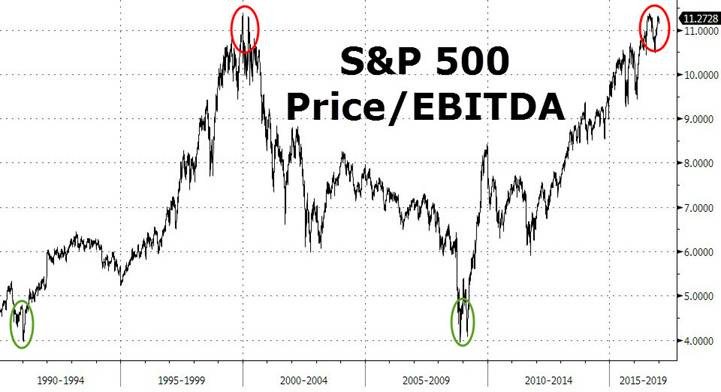With the S&P 500 trading at all-time highs, NYSE Short Interest down 20% over the past 12 months and what can only be described as a highly optimistic view of Donald Trump’s presidency, one does wonder if the markets are in their final stage of euphoria before the crash many bears have long been waiting for.
Check out Trump's Economic Proposals Are Badly Needed, Says Prominent Harvard Economist
The massive shift in sentiment has taken place over the past three or four months has been nothing short of outstanding. But what will happen if this air of optimism suddenly evaporates overnight? Investors seem to have suddenly flipped to positive in just a few days after Trump’s election, and nothing is stopping them from flipping the other way if he fails to meet their expectations.
Gundlach: The Biggest Risk to the Current Rally Is Donald Trump
This was the very topic of Barron’s annual roundtable, which was published over the weekend. The panel included Scott Black, Felix Zulauf, Mario Gabelli, Meryl Witmer, Brian Rogers, Oscar Schafer, Abby Cohen and Jeffrey Gundlach, who at last year’s meeting predicted Donald Trump’s win.
Gundlach’s view of the markets is entirely bond denominated. He expects good things for equities throughout the first past the year, but if the yield on the 10-year Treasury touches the magic 3%, there’s going to be trouble as the “valuation argument for equities becomes problematic”:
“I expect the history books will say that interest rates bottomed in July 2012, and double-bottomed in July 2016. At some point, the backup in rates will create competition for stocks. Bonds could rally in the short term, but once the yield on the 10-year Treasury tops 3%, which could happen this year, the valuation argument for equities becomes problematic. When the long bond [the 30-year Treasury] was at 2%, bonds had a P/E of 50. Compared with that, a P/E of 20 on stocks didn’t look all that bad. But if the 10-year yield hits 3%, you could be talking about 4% on the 30-year, which implies a P/E of 25.”
And Gundlach’s main worry for 2017 is that market sentiment suddenly flips:
“The shift in sentiment to positive from negative, regarding the efficacy of Trump is one of the biggest I’ve seen in my career. I wonder if sentiment can swing just as quickly the other way. Many people who voted for him think something is going to change for them. They expect their wages to rise, and America to be “great again.” What will happen by July or August if nothing has changed? Put that together with the timing of an interest-rate rise, and we potentially could see a very different psychological environment.”
By Rupert Hargreaves







